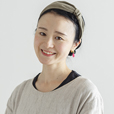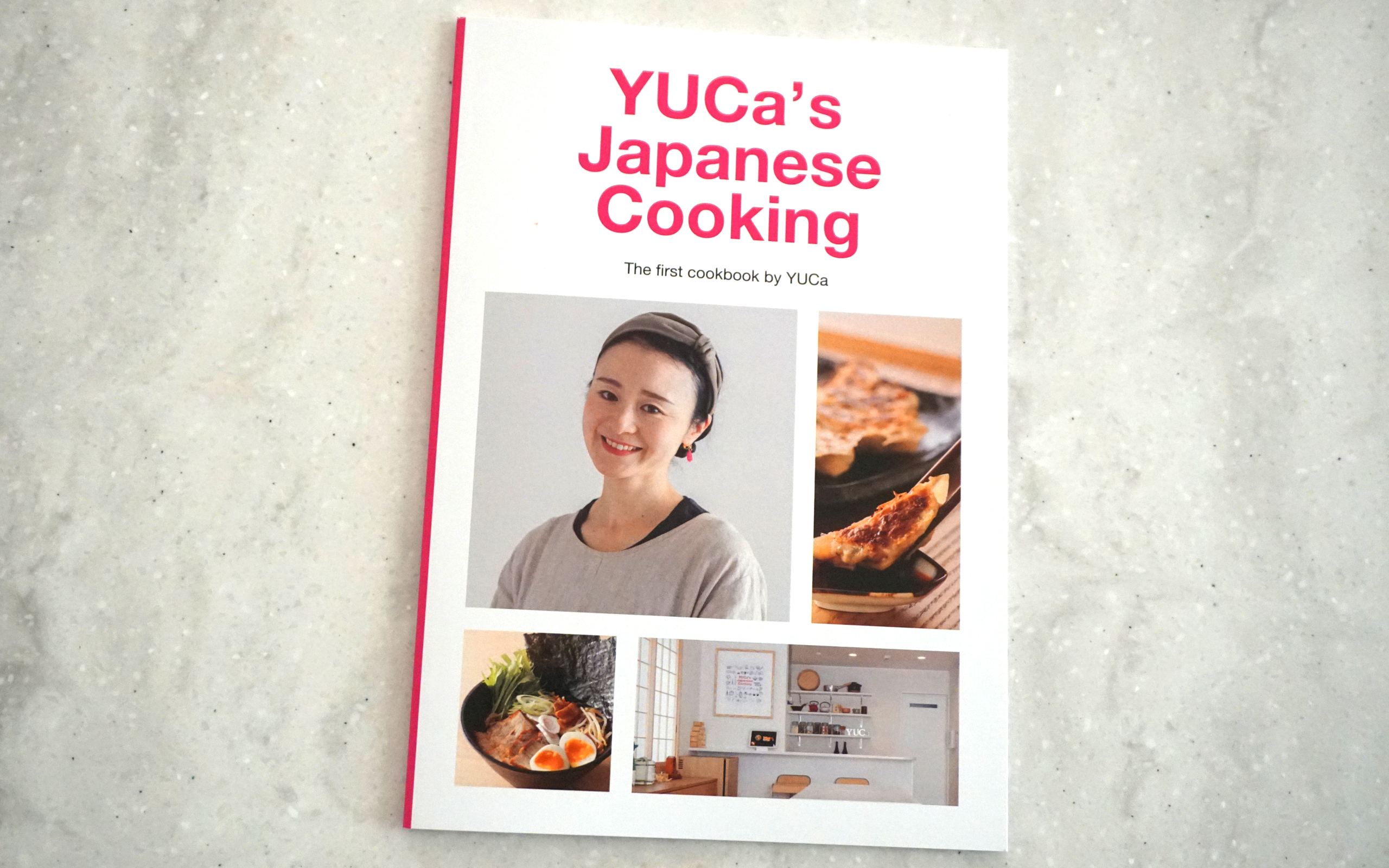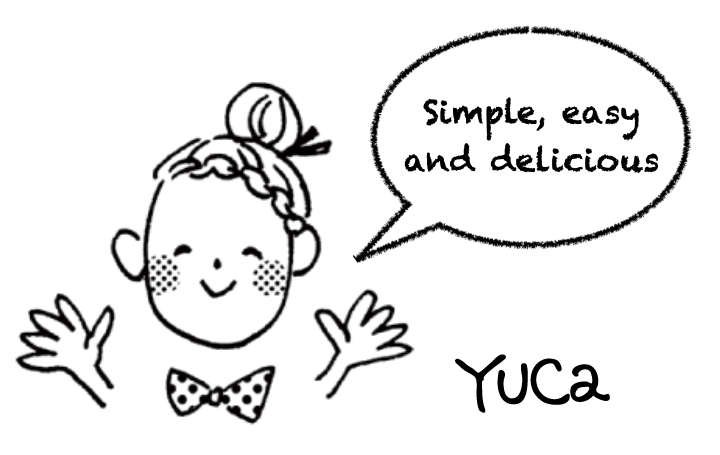Latest Posts
School Lunches In Japan
In Japan, school lunches are provided at some kindergartens and almost all nursery schools, elementary schools, and junior high schools.
Both my daughter, who currently attends nursery school, and my son, who attends elementary school, receive school lunches every day.
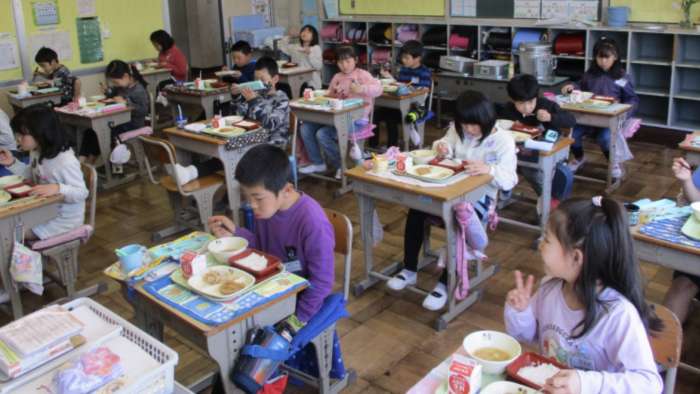
At my son’s kindergarten, he brought his own spoon & fork and chopsticks, but at my daughter’s nursery school and my son’s elementary school prepare for them. In my son’s case, he now brings his own luncheon mat every day. In addition to this, during the week when he is on school lunch duty, he brings a laundered apron, a triangular hood and a mask every day.
A Japanese school lunch consists of milk, soup, carbohydrate (rice, noodles, bread), main dish, side dish, and fruit.
 School lunch menus are prepared by a dietitian, taking into consideration event meals and seasonal ingredients. The menus are then distributed to all students approximately two weeks in advance. The menu list at my son’s elementary school includes a note for each day, which includes information about the producer, ingredients, and trivia about the menu.
School lunch menus are prepared by a dietitian, taking into consideration event meals and seasonal ingredients. The menus are then distributed to all students approximately two weeks in advance. The menu list at my son’s elementary school includes a note for each day, which includes information about the producer, ingredients, and trivia about the menu.
At the daycare center where I worked, we also had a 10:00 a.m. snack, so four to five people started cooking at 8:00 a.m. and made snacks & school lunches for about 200 students in less than three hours.
Some of the children needed to eliminate certain foods due to allergies or religious reasons, so I prepared separate school lunches with different cooking methods and ingredients for a few of them. And every day, without fail, the principal tasted and checked the food.
At lunch time, the students would turn their desks around and divide into several groups. (Currently at Corona Disaster, everyone seems to eat facing forward.)
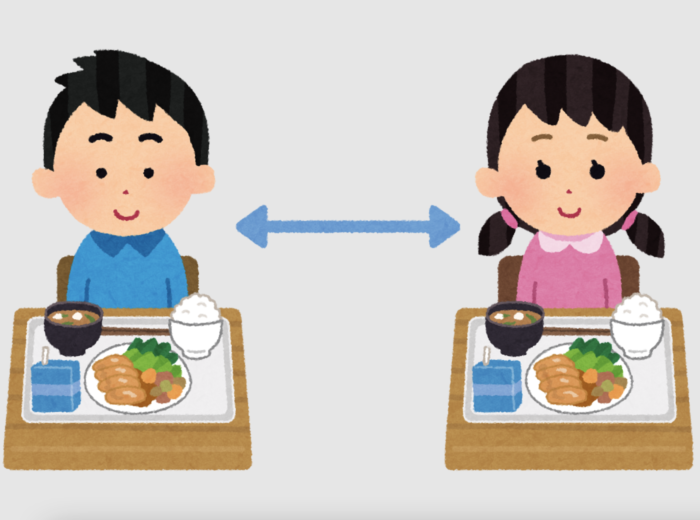
Students on lunch duty serve the food assigned to them. Students who are not on lunch duty line up in single file and place one dish on each of their trays.
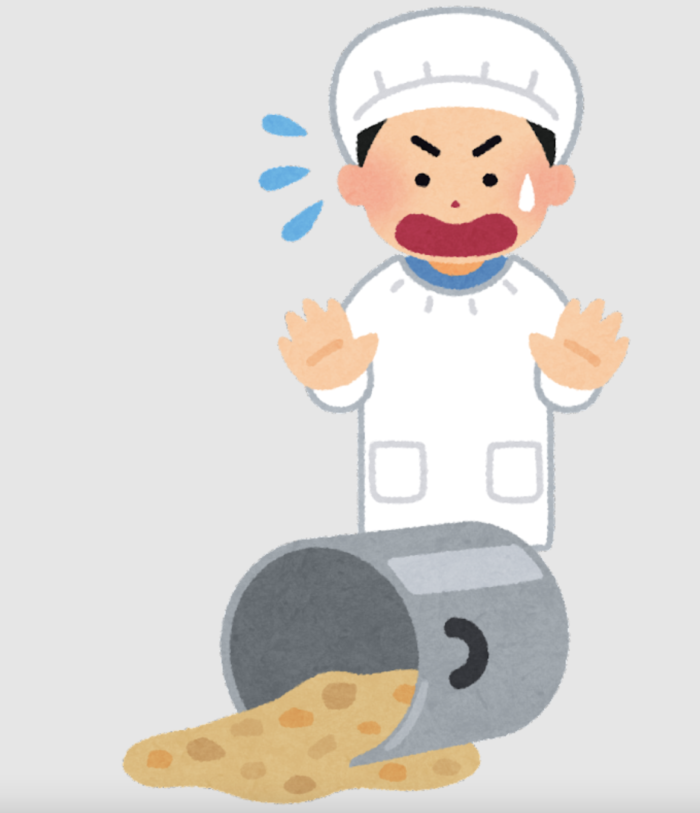 When lunch duty is over and everyone is seated, they greet each other with “Itadakimasu!” and begin to eat their lunch in unison. The teacher joins the students and eats with them. If there is leftover food, the children who want to eat it play rock-paper-scissors to get it. When they are done eating, the lunch duty person takes the dishes and leftovers to a designated area. After lunch and after school, the whole class cleans up the classroom. This sequence of events is what I consider “Japanese school lunch”.
When lunch duty is over and everyone is seated, they greet each other with “Itadakimasu!” and begin to eat their lunch in unison. The teacher joins the students and eats with them. If there is leftover food, the children who want to eat it play rock-paper-scissors to get it. When they are done eating, the lunch duty person takes the dishes and leftovers to a designated area. After lunch and after school, the whole class cleans up the classroom. This sequence of events is what I consider “Japanese school lunch”.
Ohanami (Cherry Blossom Viewing)
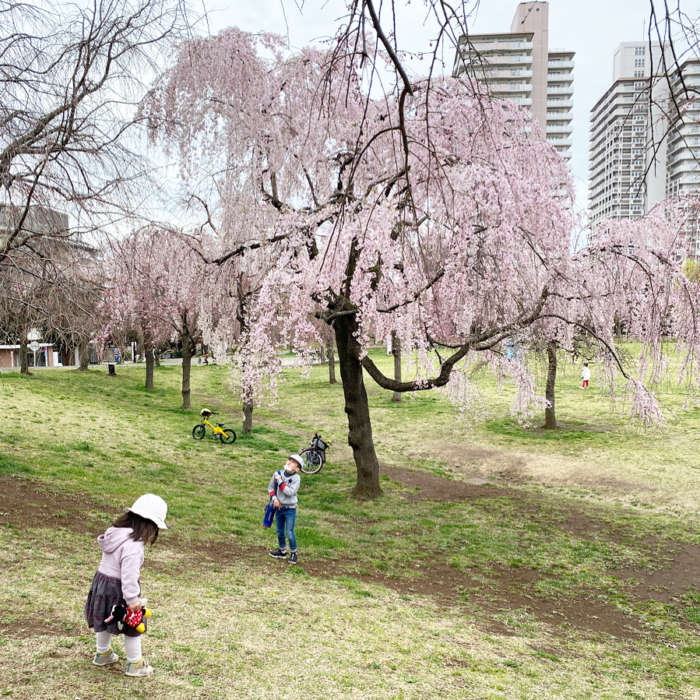
Hanami is an ancient Japanese custom of enjoying the beauty of fleeting flowers. Flowers here refer specifically to cherry blossoms. Cherry blossoms bloom throughout Japan from late March to early May. In Okinawa, the warmest part of Japan, cherry blossoms begin to bloom as early as February.
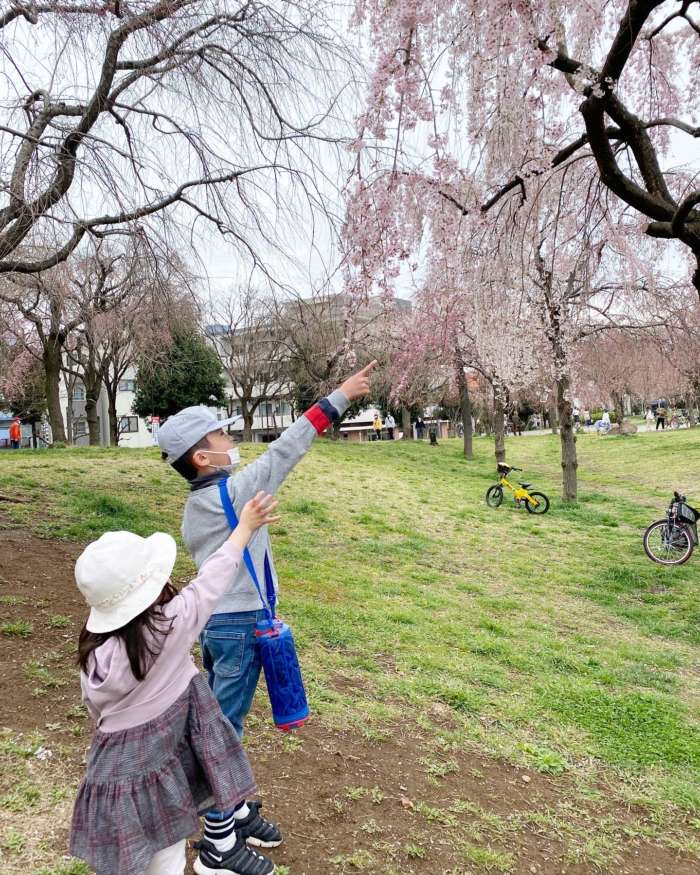
Every year, the Japan Meteorological Agency announces the “cherry blossom front”. Since the cherry blossoms bloom only a week or two apart, people planning to view cherry blossoms are glued to the weather forecast section of TV programs every day.
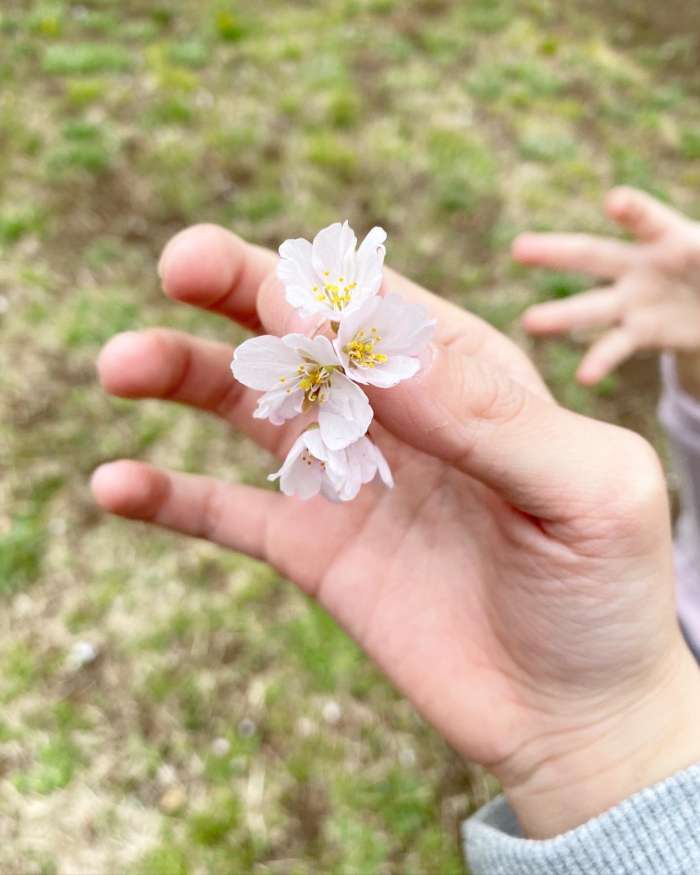
In modern Japan, hanami is usually held during the day or at night, with a party under the cherry blossoms. In particular, nighttime hanami is known as “yozakura,”(夜桜). In recent years, people have refrained from doing so due to the Corona disaster, but many places usually hang temporary lanterns for nighttime cherry blossom viewing.
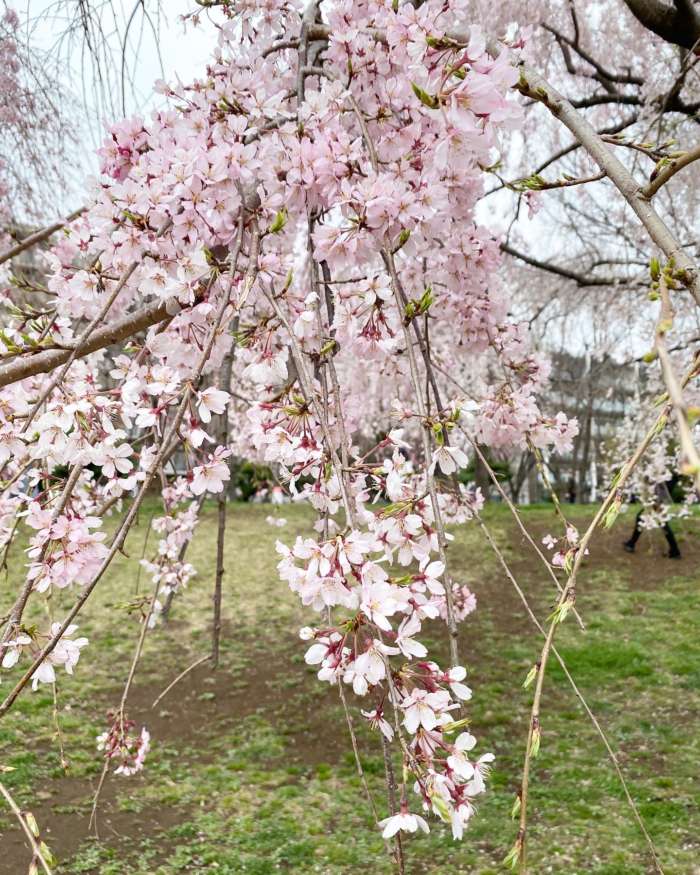
Foods traditionally associated with flower viewing are…
– Hanami-dango (Tricolor sweet dumplings on sticks)
– Sakuramochi (Cherry blossom rice dumplings with bean paste on the inside, wrapped in an edible pickled cherry leaf)
– O-hanami-bento (Traditional Flower-Viewing lunch box)
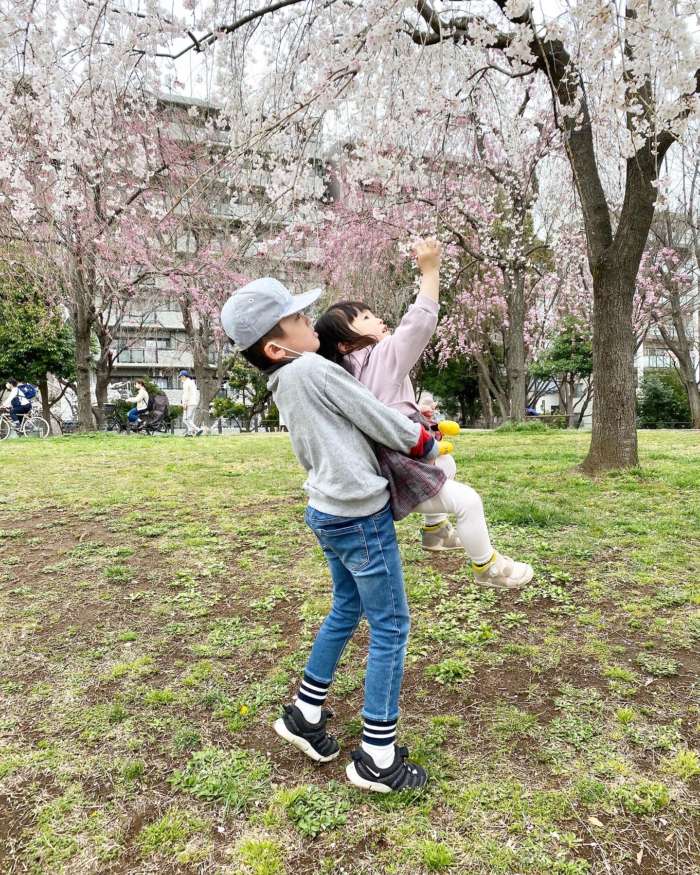
Hinamatsuri (Japanese Doll Festival / Girls’ Festival)
The 3rd of March is the traditional and representative spring event day called “Hina Matsuri” in Japan.

Hina Matsuri (ひなまつり) is a special time to pray for the growth and happiness of Japanese girls. It is also called “Peach-Blossom Festival” because in olden times, people believed that peach blossoms had special powers to drive away evil spirits. According to the lunar calendar, peach blossoms were in full bloom around March 3. This is the reason that even today peach blossoms are always displayed together with Japanese dolls called Hina Ningyo (ひな人形).
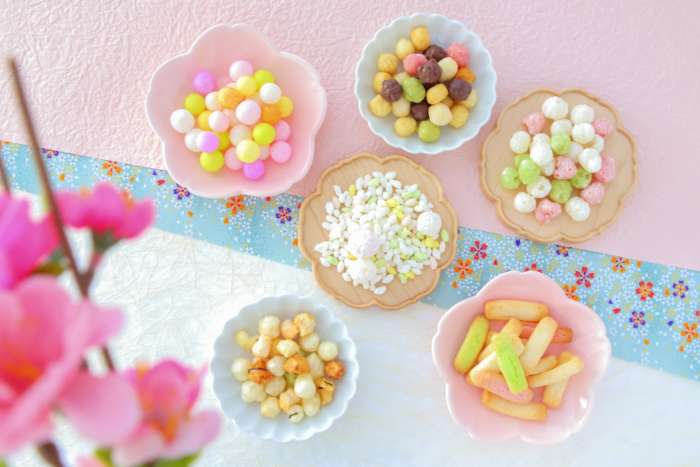
There is a tradition if the baby is a girl, the parents of the mother give a traditional dolls called Hina-kazari (ひな飾り) to their daughter’s family. Hina-kazari is a traditional dolls of Emperor, Empress, their servants and accessories on the tiered stand.
In very ancient times, display stands used to consist of just two or three tiers but over the years they grew more elaborate and gorgeous. I had 7 tier Hina-kazari at my house and my younger brother always tried to climb up. His heroic story is still α hot topic every year among my family. His heroic story is still a hot topic every year.
This day, parents having daughter invite their families and friends to celebrate this event. They display Hina-kazari and serve guests traditional dishes. When I was a child, my family always celebrated the Hina Matsuri together. So, this event reminds me of my childhood every year.
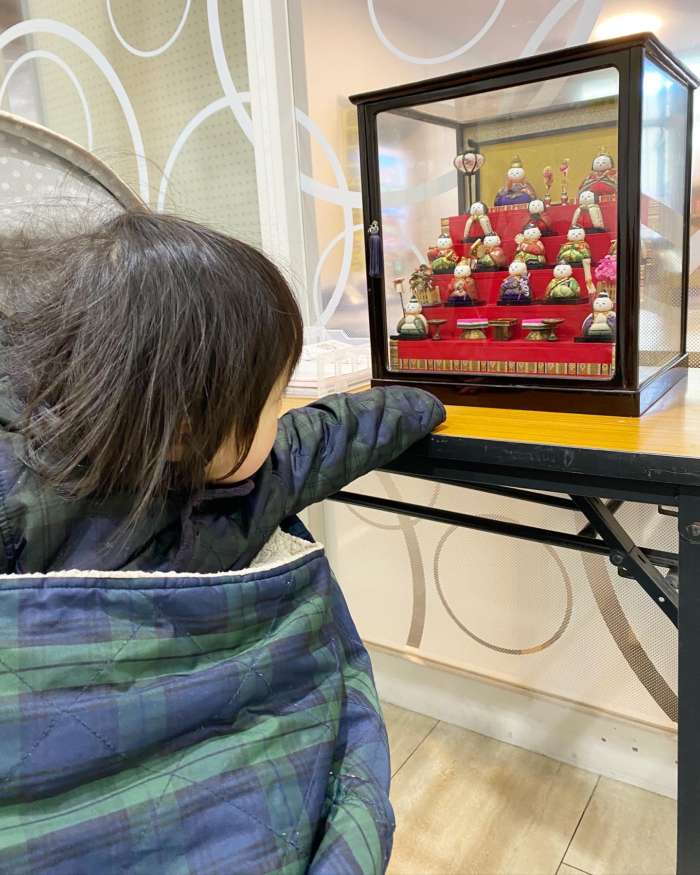
Home Party Menu Ideas
If you are planning to celebrate this Japanese family event, here are the recipes that we prepare here in Japan and also I recommend for home party.
🌸 Main : Chirashizushi (Chirashi Sushi), Cup Chirashi Sushi
🌸 Soup : Hamaguri no osuimono (Cherrystone clam soup)
🌸 Side dish : Potato Salad / Chawanmushi
🌸 Dessert : Sakura Mochi / Hinaarare / Hishimochi
🌸 Drink : Amazake
Do you know this?
It is important to dismantle the display and put away the dolls as soon as the festival is over. The dolls’ faces are covered with special soft paper and each item is carefully wrapped and retuned to its designated box.
People have traditionally believed that if the dolls are kept out for too long after the festival, the daughter of the family will have a hard time getting married. I remember that my mother was rushing to clean up when the Hinamatsuri was over. I hope her annual effort worked!
Hatsuuma
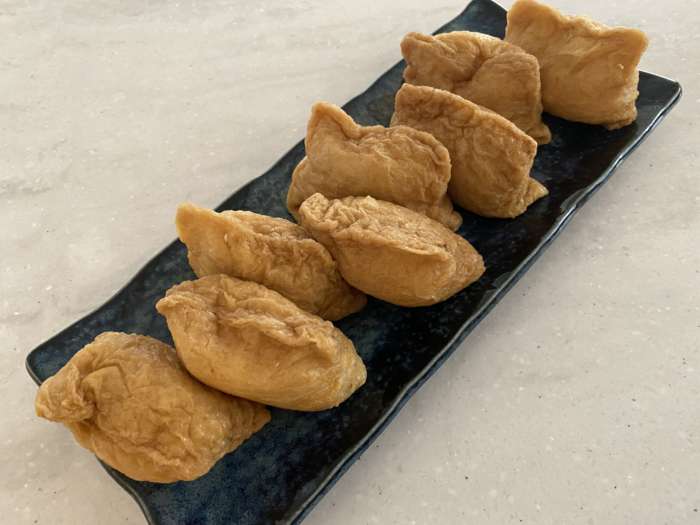
The first Day of the Horse in February is called Hatsu-uma. On this day large festivals are held at Inari shrines all over Japan to pray for a good harvest and increased fortune. Inari is the name of the god of farming and Inari Shrines have been very important in people’s lives.
Foxes are believed to be messengers of the god of farming so people make offerings to foxes of their favorite food which is deep-fried bean curd formed into pockets and filled with sushi rice.
In some regions people offer Hatsu-uma dumplings and pray for prosperity in business.
Related food :
Recipe : Inarizushi (Inari Sushi)
Harikuyo (Memorial Service for Needles)
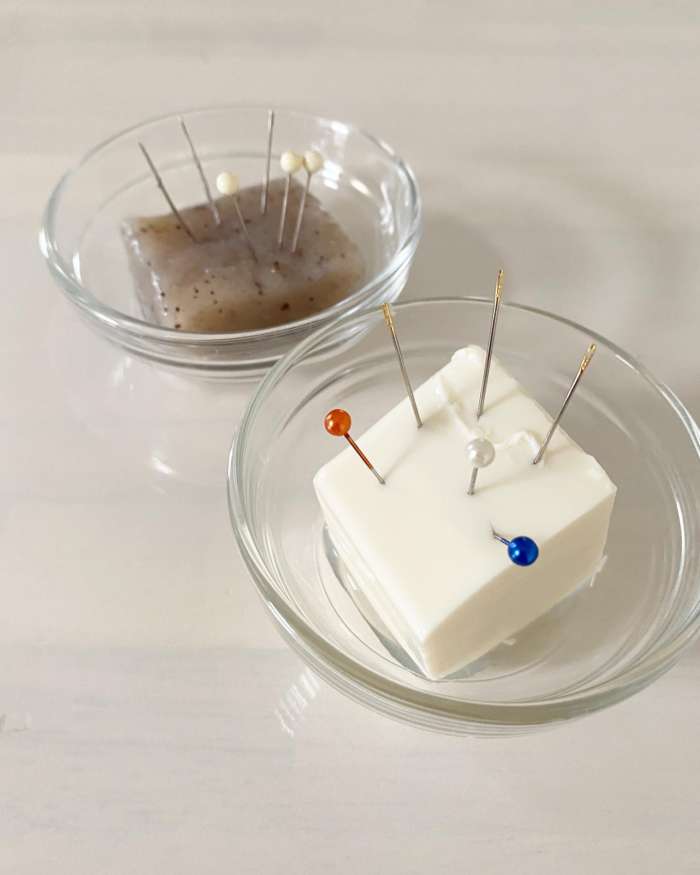
Do you sew clothing for yourself using needle and thread?
In Japan, sewing was an essential part of everyday life long time ago.
On February 8, women took a day off from their sewing responsibilities and collected the old needles they had used during the previous year. This memorial service for needles is called “Harikuyo” (針供養).
People stuck the needles into a block of tofu or other soft things like cakes of konnyaku (gelatin made from the root of a plant called devil’s tongue). They gave thanks and offered prayers for the repose of the needles. They also prayed for improvement in their sewing skills.
There are some shrines today that perform memorial services for needles. This important tradition is still kept at schools which teach kimono-sewing skills and also at dressmaking schools.
Since my son entered kindergarten, I have more opportunities to sew. To be honest, I’m not good at sewing, but I want to do my best as much as I can. With that in mind, I prepared tofu and konnyaku and offered this event.
Setsubun (Seasonal Division)
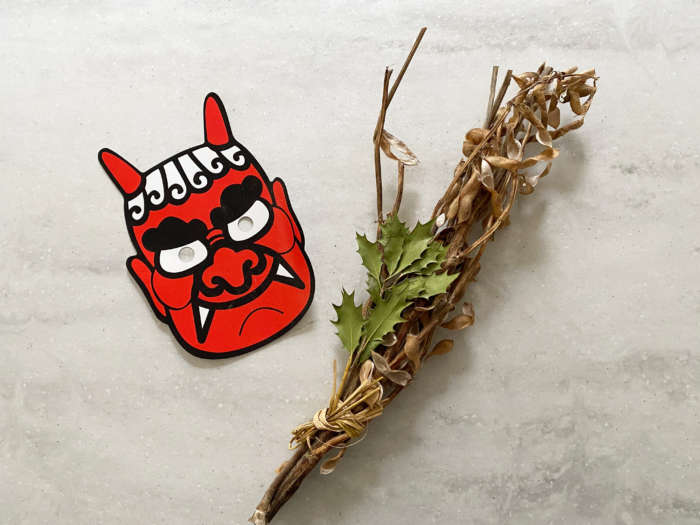
Setsubun (節分) comes as soon as the fluttering January is over. Setsubun is a seasonal division and has been an important time-honored rite to welcome the New Year by banishing evils and keep the house from calamity.
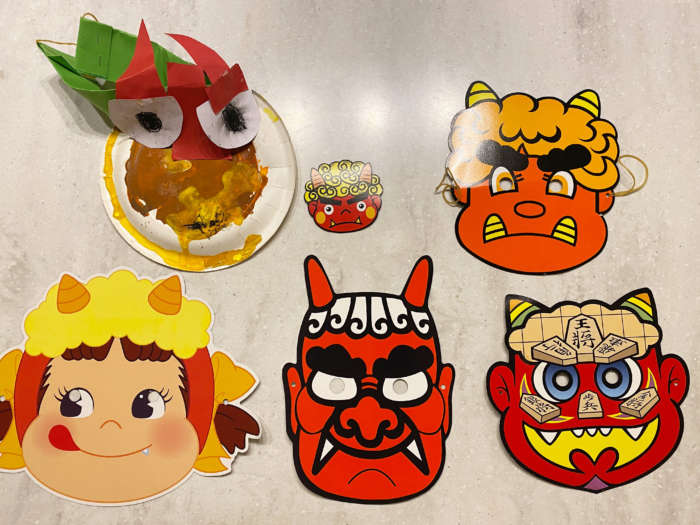
On the day, we eat “Eho-maki”, sushi roll containing 7 ingredients associated with the Seven Deities of Good Fortune “Shichi-fukujin”, facing the direction of Eho that is most lucky for the year as determined by the Way of Yin and Yang.
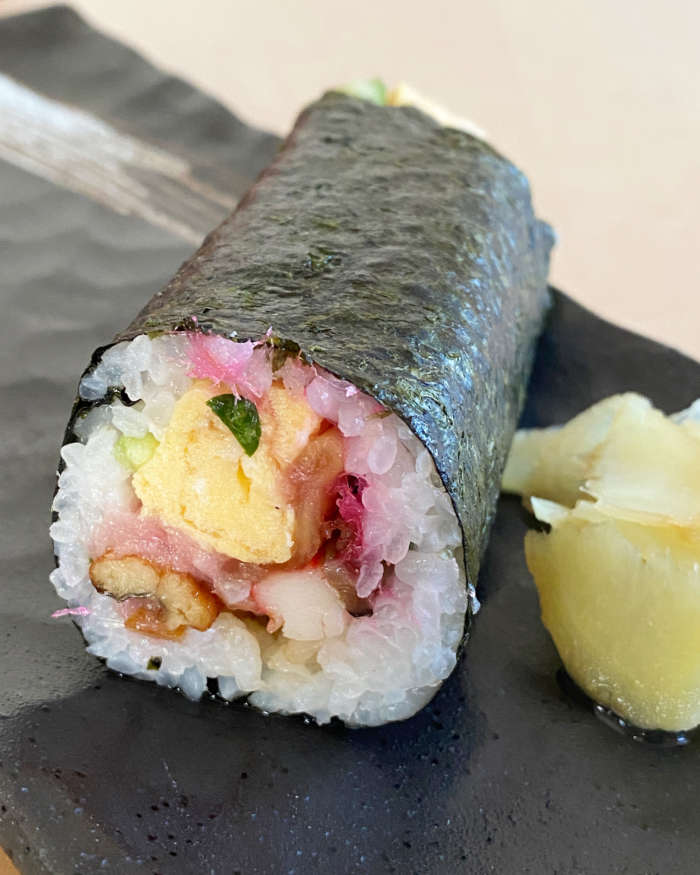
The other day, I made my-style Ehomaki and I put more than 7 ingredients! I put Japanese omelette, Cucumber, Minced tuna, Kanpyo(seasoned dried gourd strips), Anago(conger eel), Kanikama(fake crab meat), Seasoned shiitake mushrooms, Sprouts and Denbu(sweetened fish powder colored in pink). It is also customary to eat Eho-maki while making a wish in the mind with the eyes closed and without uttering a single word. You will eat the whole roll at a stroke in order not to lose ties.
If you are interested in making thick sushi roll, please check this recipe! : Thick Sushi Roll
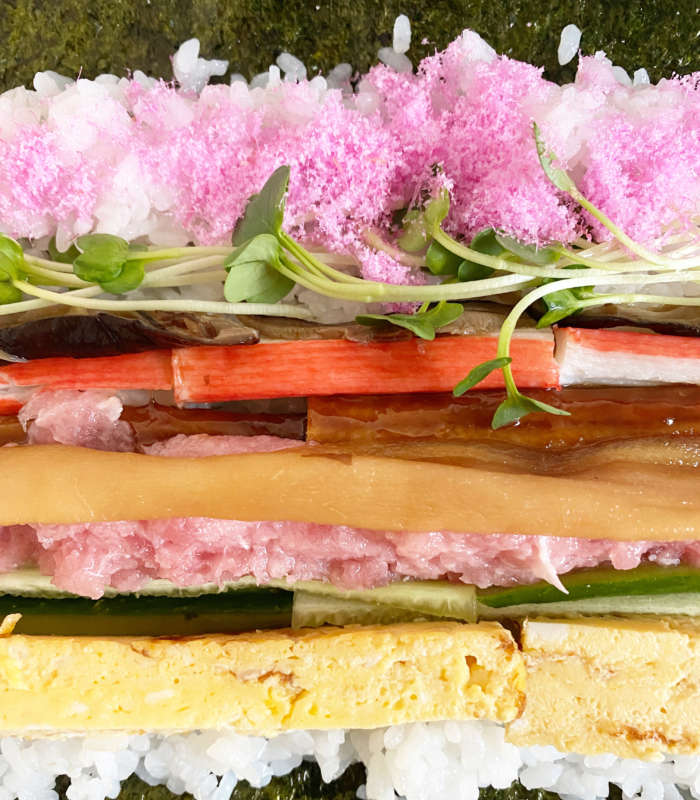
Hatsuka Shogatsu
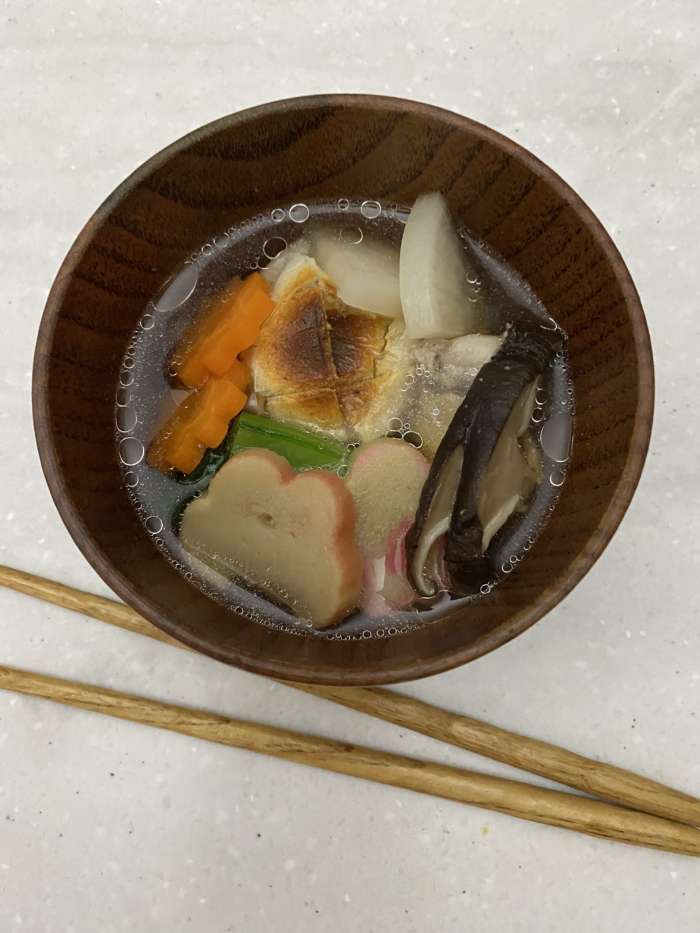
In the olden days, it was customary for women who had been working hard for New Year’s housework to take a break from work as a celebration of the Hatsuka Shogatsu (20th of January). They went to their hometown to take a rest, or some came back from their hometown after the New Year holidays.
Depending on the region, New Year’s treats and rice cakes are eaten up until that day. This is the feeling of gratitude for the fruit of not leaving New Year’s food is also included.
Koshogatsu (Small Shogatsu)
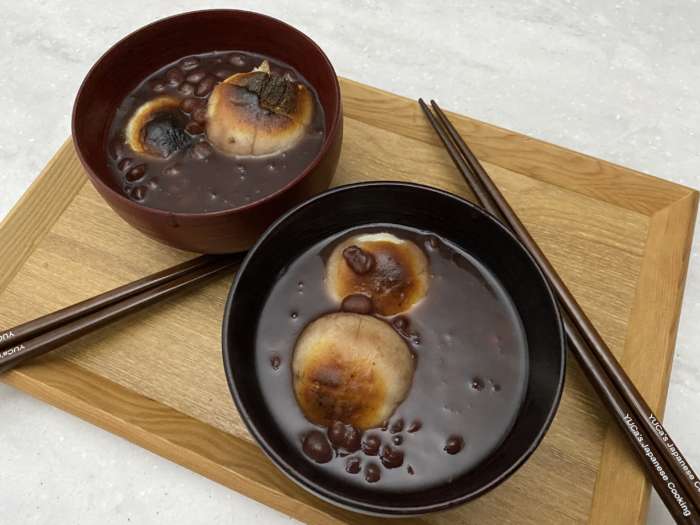
In Japan, the time between January 1 and 7 is called “Big Shogatu” and the several days around the 15th are called “Small Shogatsu”.
Shogatsu traditions are still continuing here in Japan and my family and I had a lot of mochi and red beans this week.
On January 11th, people take down the kagami-mochi which had been offered to the god of the New Year during Shogatsu. This Japanese seasonal event is called “Kagami-biraki” (鏡開き, Opening the Rice-Cake Offerings). People smash the hardened mochi into pieces with heir hands or small mallet because using a knife or saying the word “break” wold displease the god. This explains the reason this event is called “Opening the Kagami-mochi”. The pieces of hardened mochi are grilled and one or two are put into Zenzai or Oshiruko which is a kind of sweet soup made of simmered red azuki beans, sugar and water. In this way, everyone receives a portion of the god’s blessing to live happily throughout the whole year. If you are interested in Oshiruko recipe tutorial, please check here!
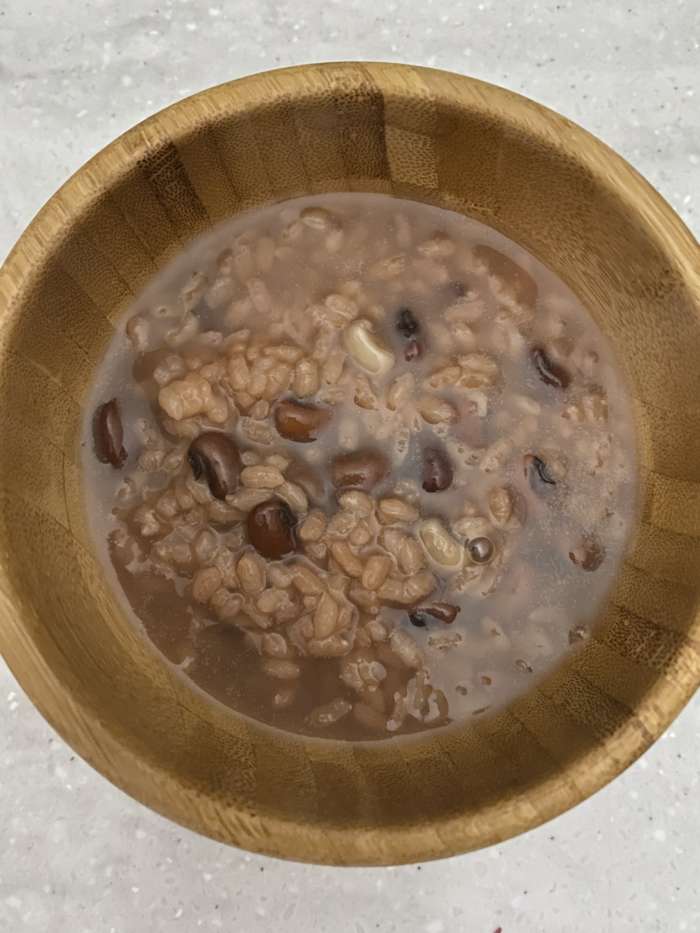
In very ancient times the period between the full moons was considered one month, so the 15th marked the beginning of a new month. Even after Japan began using the solar calendar people continued to celebrate the “Full-Moon New Year” on January 15 and enjoy many special events.
It was the custom to enjoy azuki porridge during “Ko-shogatsu” (Small shogatsu) and pray for good health. In addition, people believed they could predict the abundance of the harvest by how the porridge was cooked and the way it turned out.
Nanakusa-gayu (Seven herb rice porridge)
The evening of January 6 through 7 has the special name of “Seventh-day New Year”. All over Japan people take down heir New Year’s decorations and enjoy various events.
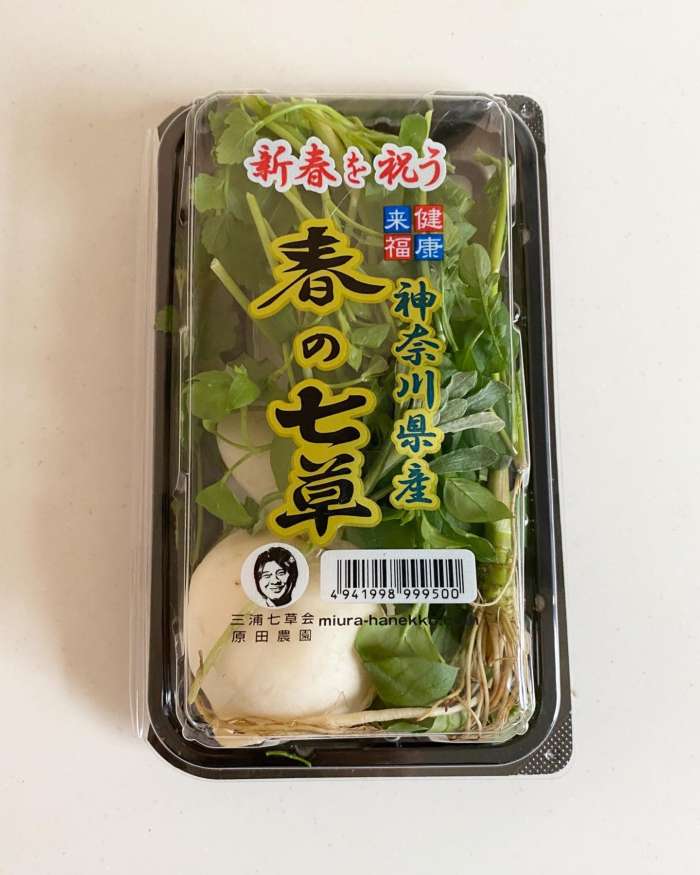
On January 7 in ancient China, people customarily made soup with seven kinds of vegetables as a symbol of their wishes for good health. This custom was introduced to Japan where people already had the custom of eating rice porridge cooked with seven grains on January 15.
These two customs merged and Japanese people started adding seven kinds of spring herbs to make this seven-herb porridge called “Nanakusa-gayu” (七草粥). The original intention is to protect oneself against evils and invite good luck. And to pray for the longevity by eating the seven herbs that endure throughout the winter.
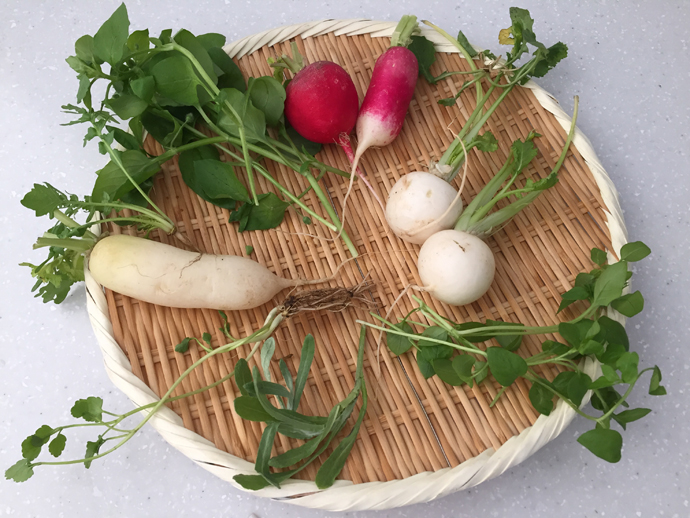
What are the “Seven Spring Herbs” and its meaning?
1. Seri (Japanese parsley) せり: To win the competition
2. Nazuna (Shepherd’s purse) なずな : To cleanse the dirty thing
3. Gogyo (Cottonweed) ごぎょう: Reflects the body of god
4. Hakobera (Chickweed) はこべら : To spread the prosperity
5. Hotokenoza (Henbit) ほとけのざ : Similar shape of lotus position
6. Suzuna (Turnip) すずな : Similar shape of bell that brings god
7. Suzushiro (Japanese radish Daikon) すずしろ : Reflects the purity
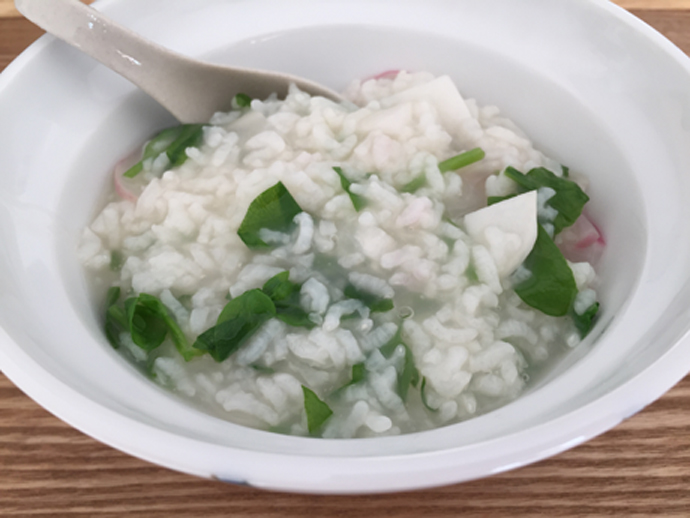
How to make Nanakusa-gayu (Seven Herb Rice Porridge)
Ingredients (4 servings) :
1 Seven herbs kit
1/2 Cup (80g) Japanese rice
2 Cup (400ml) Water
Directions:
1. Peel the turnips and daikon radish and cut into bite-size pieces.
2. Wash other herbs and cut into small pieces.
3. Put rice and water in a pot, cover the lid and heat with high heat.
4. When it starts to boil, turn low heat and add seven herbs.
5. Steam for 10 minutes. Then, turn off the heat.
6. Enjoy with sprinkle of salt, if needed.
Osechi (New Year’s Dish)
Osechi (おせち), the abbriviation of O-sechi-ryori, is a traditional New Year’s Dish which is severed in multi-tiered lacquered boxes called “ju-bako”(重箱).
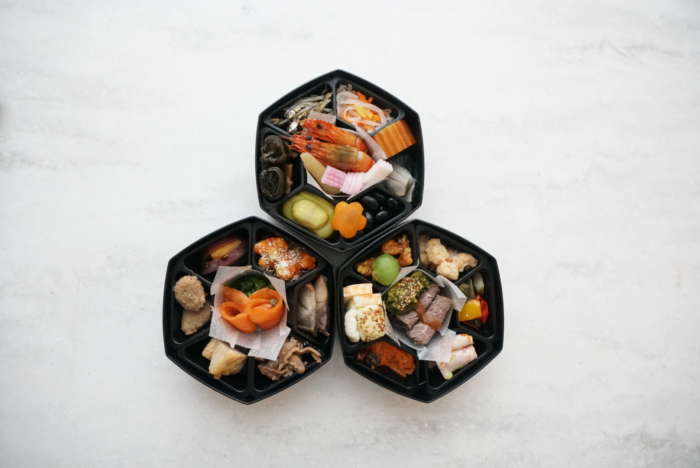
Many years ago, Japanese people offered special food to the gods on the occasion of five different “sekku” (big festivals). These five were Nanakura, Hina Matsuri, Children’s Day, Tanabata and Chrysanthemum Festival. After the food was presented to the gods it was then enjoyed by the family. It was called “O-sechi (節)-ryori” because it referred to meals eatedn on “sekku” (節句).
Today, it has the specific meaning of festive food enjoyed at New Year’s. In samurai times the food was very spartan but nowadays it is quite elaborate and varies from region to region and family to family.
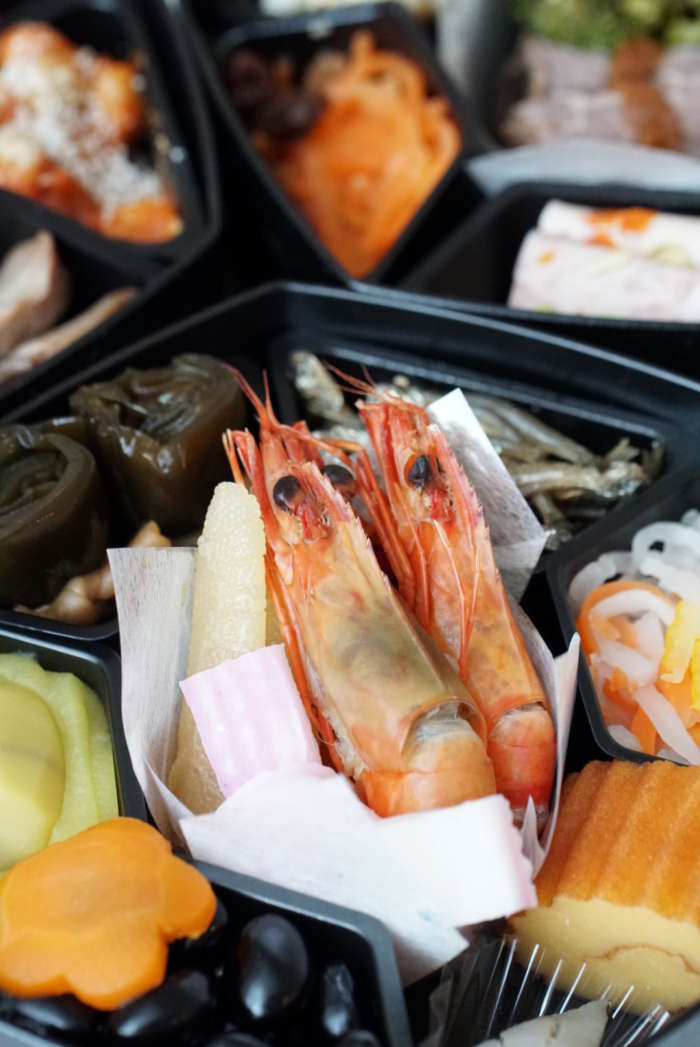
Osechi is intended to save Japanese housewives the trouble of cooking during the busy New Year’s holidays, so that they can take a break even for a few days, and it is also characterized by its strong overall flavor so that it can be preserved.
Osechi is also stuffed with dishes that bring good luck. For example, boiled shrimp (Ebi no Onigara-yaki) symbolize longevity because they are bent like an old person.
Read More

 School lunch menus are prepared by a dietitian, taking into consideration event meals and seasonal ingredients. The menus are then distributed to all students approximately two weeks in advance. The menu list at my son’s elementary school includes a note for each day, which includes information about the producer, ingredients, and trivia about the menu.
School lunch menus are prepared by a dietitian, taking into consideration event meals and seasonal ingredients. The menus are then distributed to all students approximately two weeks in advance. The menu list at my son’s elementary school includes a note for each day, which includes information about the producer, ingredients, and trivia about the menu.
 When lunch duty is over and everyone is seated, they greet each other with “Itadakimasu!” and begin to eat their lunch in unison. The teacher joins the students and eats with them. If there is leftover food, the children who want to eat it play rock-paper-scissors to get it. When they are done eating, the lunch duty person takes the dishes and leftovers to a designated area. After lunch and after school, the whole class cleans up the classroom. This sequence of events is what I consider “Japanese school lunch”.
When lunch duty is over and everyone is seated, they greet each other with “Itadakimasu!” and begin to eat their lunch in unison. The teacher joins the students and eats with them. If there is leftover food, the children who want to eat it play rock-paper-scissors to get it. When they are done eating, the lunch duty person takes the dishes and leftovers to a designated area. After lunch and after school, the whole class cleans up the classroom. This sequence of events is what I consider “Japanese school lunch”.






















